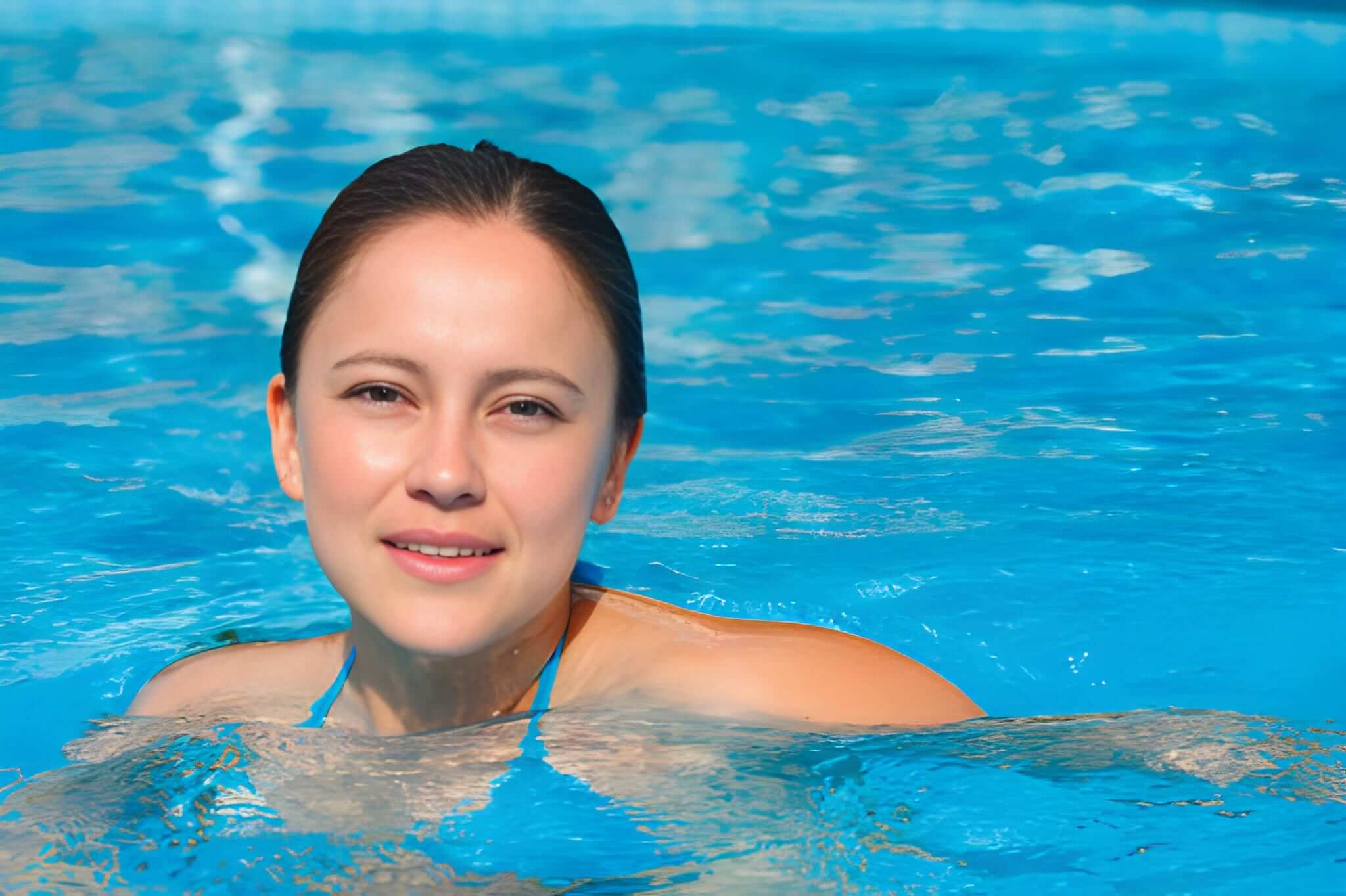For Hartford women choosing an IUD (intrauterine device), one of the first questions after the procedure is: “Can I swim after IUD insertion?” Whether you swim laps at Cornerstone Aquatics Center, enjoy summer days at the Connecticut River, or prefer a quick dip in your backyard pool, it’s natural to wonder how soon you can return to the water.
The short answer: Yes, you can swim after IUD insertion—but it’s best to wait 24–48 hours. This short pause helps reduce infection risk and gives your body time to adjust.
As a Family Nurse Practitioner specializing in women’s health, I’ll explain why this waiting period matters, what to expect after insertion, and how Hartford women can safely return to swimming and other activities.
Why Swimming Is Safe After IUD Insertion
An IUD is placed inside the uterus, not in the vagina. Once inserted, the device:
-
Stays securely in place inside the uterus.
-
Is not affected by water from pools, lakes, or hot tubs.
-
Does not interact with chlorine or natural water sources.
So swimming does not dislodge, move, or damage an IUD.
How Soon Can You Swim After IUD Insertion?
Most Hartford providers recommend waiting 24–48 hours before swimming after an IUD is placed.
Why wait?
-
Infection prevention – Your cervix may be slightly open right after insertion, which increases risk of bacteria entering.
-
Bleeding and cramping – Many women experience spotting and cramps that make swimming uncomfortable.
-
Tampon use – If you prefer tampons for spotting, most providers advise waiting at least 24 hours before inserting anything vaginally.
👉 After that initial period, it’s safe to return to the pool, beach, or river.
Can I Swim After Mirena Insertion?
Yes. Whether you have a Mirena IUD or another brand (Kyleena, Liletta, Skyla, or copper ParaGard), the advice is the same:
-
Wait 24–48 hours before swimming.
-
After that, swimming is perfectly safe and will not affect IUD placement.
So if you’re asking, “Can I swim after Mirena insertion?” the answer is a clear yes—with a short waiting period.
What to Expect in the First Few Days After IUD Insertion
Before you jump back into swimming, know that it’s normal to experience:
-
Spotting or bleeding for a few days to weeks.
-
Cramping, especially in the first 24–48 hours.
-
Brown discharge as your body adjusts.
These side effects usually improve with time. Over-the-counter pain relievers and a heating pad can help with cramps.
Swimming and Periods After IUD Placement
Some women worry: “What if I get my first period after IUD insertion while swimming?”
-
Hormonal IUDs (Mirena, Kyleena, Skyla, Liletta): Periods often become lighter over time, but irregular spotting is common at first.
-
Copper IUD (ParaGard): Periods may be heavier, especially in the first 3–6 months.
👉 Swimming with your period is safe. Just wait 24 hours post-insertion before using tampons or menstrual cups. Pads and period swimwear are alternatives in the meantime.
When Not to Swim After IUD Insertion
Although most women can return to swimming within 1–2 days, you should hold off if you notice:
-
Heavy bleeding (soaking pads every 1–2 hours)
-
Severe pain not relieved by medication
-
Fever or chills (possible infection)
-
Foul-smelling discharge
-
IUD strings feeling longer or shorter than before
If you have any of these symptoms, contact your Hartford provider before returning to the pool or water activities.
IUD Aftercare Tips for Hartford Women
-
Plan for light activity – Walking is fine right after insertion, but avoid vigorous swimming, exercise, or sex for 24–48 hours.
-
Check your IUD strings – Learn to feel for them monthly, especially after periods.
-
Stay hydrated – This helps reduce cramps and dizziness.
-
Track your cycle – Apps can help monitor spotting or changes in flow.
-
Use protection – If you’re sexually active, remember:
-
Copper IUDs work immediately.
-
Hormonal IUDs take up to 7 days to be effective unless placed during your period.
-
Hartford Resources for IUD Care
If you’re considering an IUD or have questions about aftercare, these local clinics offer expert services:
-
Hartford HealthCare Women’s Health
-
Saint Francis Hospital OB/GYN Services
-
UConn Health OB/GYN Clinic
These providers offer IUD insertion, follow-up care, and guidance on activities like swimming, exercise, and sex after placement.
FAQs About Swimming After IUD Insertion
1. Can I swim right after IUD insertion?
It’s best to wait 24–48 hours before swimming to reduce infection risk.
2. Can swimming dislodge my IUD?
No. Swimming does not affect IUD placement.
3. Can I swim after Mirena insertion?
Yes—once the 24–48 hour waiting period has passed.
4. Can I use tampons when swimming after IUD insertion?
Wait 24 hours before tampon or menstrual cup use to allow the cervix to close.
5. What if I have bleeding while swimming after IUD placement?
Light spotting is normal. Use pads, period swimwear, or tampons if more than 24 hours have passed.
Final Thoughts
So, can you swim after IUD insertion? Yes—but give yourself at least 24–48 hours before returning to the pool, lake, or ocean. This short pause protects against infection and makes sure your body adjusts comfortably.
Once that window has passed, swimming—like exercise, sex, and daily activities—will not dislodge your IUD. Hartford women can feel confident enjoying the water while knowing their birth control remains effective and secure.
At HealthGardeners, I help women in Hartford make safe, informed choices about reproductive health, including IUD care, aftercare, and long-term planning.
Disclaimer: This is informational content, not a substitute for professional medical advice.

Meghan Killilea Galli, APRN, FNP-BC, is a Connecticut-based board-certified Family Nurse Practitioner with over 5 years of experience in urology, women’s pelvic health, and primary care. She practices with Hartford HealthCare and Griffin Faculty Practice Plan and founded Health Gardeners to share reliable, evidence-based health information.
Read More

